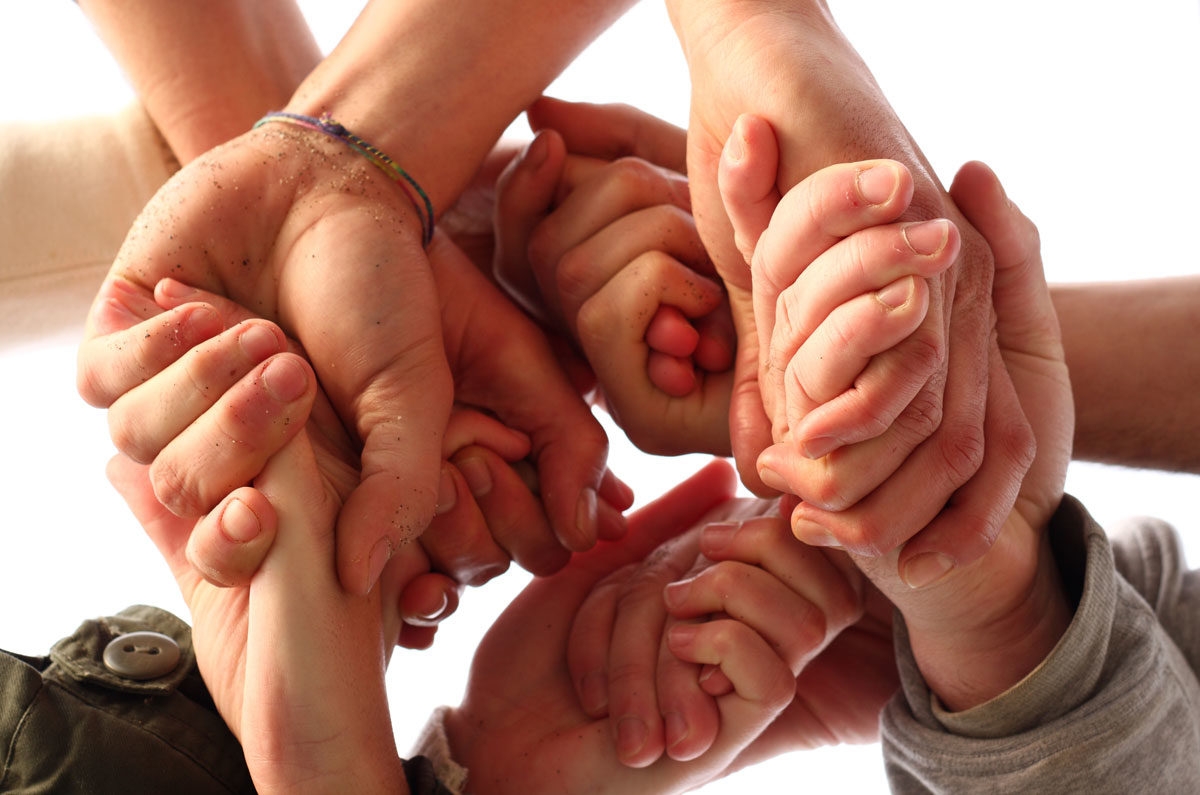There’s so much information available on treatment options for arthritis and musculoskeletal conditions. Some information will support the use of particular treatments, while other information will tell you the treatment doesn’t work. And most of the information sounds legitimate and persuasive.
So how do you know what to do or who to believe?
One thing you can do is search the Cochrane Library for reliable and evidence-based information.
The Cochrane Library is a collection of medical and health databases provided by the Cochrane Collaboration, an international, independent organisation. It was established to make sure that everyone has access to current, accurate information about the effectiveness of healthcare treatments.
Through the Cochrane Library you can access Cochrane Reviews.
Cochrane Reviews tell you how effective healthcare interventions are in improving your health or helping you with a particular health problem. These interventions include things such as medications, vaccinations, exercises and treatments such as physiotherapy.
Cochrane Reviews are updated regularly, with the most up-to-date and reliable evidence.
Each review starts with a query, for example:
- Do painkillers rubbed on the skin really work??
- Does transcutaneous electrical nerve stimulation (TENS) relieve pain in adults with fibromyalgia?
- What non‐drug interventions may help people with inflammatory arthritis stay at work?
Reviewers then collect, evaluate and summarise the available evidence on this topic.
Plain language information at your fingertips
Reviews can be many pages long, and quite complex. To help you access this information, each review has a plain language summary. You can usually find this at the top of the page, after the abstract.
Access the Cochrane Library today.
Want to get involved?
If this sort of thing really floats your boat, check out the Cochrane Consumer Network. There are many ways that consumers can get involved.


















